Dinan Cold Air Intake and ECU Software Review
Say the name Hartge or Alpina to a BMW fan and you’ll get instant nods of understanding and respect. While Dinan doesn’t get the pistonhead props afforded these German uber-tuners, they’re rightfully considered America’s foremost BMW tuner. Steve Dinan’s mob has been modifying BMW cars since 1979. His Morgan Hill California-based company offers upgrades for Bimmer engines, suspensions, brakes and wheels. Like the Germans, Dinan also sells “Signature Vehicles” and creates special Factory Works programs. We concern ourselves here with an ECU upgrade and a cold air intake.
Until the introduction of the sublime twin-turbo 335i, BMW prided itself on the fact that it relied on naturally aspirated engines to reach vaunted performance levels. Increasing performance of turbo-charged engines by modifying their Electronic Control Units (ECU) can lead to fairly dramatic performance upgrades on the order of fifty plus horsepower and foot pounds of torque. I tested Dinan’s ECU upgrade on a naturally aspirated inline six to see if similar gains could be found.
As stated in my previous review of the APR ECU upgrade for an Audi A4, ECU tuning is a difficult task. A tuner must examine thousands of lines of code to find areas where changes in parameters can add to performance. They also have to balance potential gains against potential engine damage.
BMW rates the 3.2-liter inline six in my '00 M Roadster at 240 horsepower. In its original state, the engine is relatively detuned; the same engine with variable timing and separate throttle bodies (as sold in Europe) produces over 300hp. This should mean lots of head room for Dinan to wring-out some extra power– without fear of dreaded engine “issues.”
The Dinan software is sold in various stages, partially tied to other Dinan products. I tested the Stage II software with the Dinan Cold Air Intake (CAI). In addition to increasing horsepower and torque, the software has two additional benefits. First, it removes the 155mph speed limiter, which is only in place to honor a German car manufacturers “gentleman’s agreement” between Audi, VW, Mercedes and BMW (originally made to forestall autobahn limits mooted by the Green Party). Second, the rather low redline limiter is lifted from 7000 to 7400 rpm.
Dealer installation is required; the software is transferred via an installer’s computer directly to the Bimmer via the BMW’s data port. (The leading competitor is the Conforti Shark Injector, which is user-installed via the OBD-II port, saving a trip to the dealer.)
The Cold Air Intake system can be fitted by both friends and foe (dealer). The CAI replaces the [allegedly] more restrictive factory air box with a long carbon fiber tube and a large cone-shaped air filter. In theory, moving the air intake away from engine heat improves performance. In practice, cold air simply allows the engine to produce more power. Unfortunately, many systems that advertise gains do so without merit, and car websites are rife with claims that CAI systems actually decrease horsepower.
Dinan’s website claims that their CAI system adds 12 hp and 11 lb-ft of torque. They also claim a gain of 10 hp and 10 ft.-lbs. of torque for their software. However, they caveat the CAI claims by stating that “a Stage 2 version of Dinan's Engine Software is available for optimum performance from the High Flow Cold Air Intake System as well.” Take it from a lawyer: it isn’t clear if Dinan’s claiming a combined gain or a cumulative gain for the two systems.
Measuring engine improvements requires both objective dyno-based tests and a subjective seat of the pants test. I went to a local BMW tuner, Road 'n Race. to check my installation's gains on their Mustang dynometer. Dynos measure wheel horsepower, not the crank horsepower manufacturers advertise. Therefore a correction factor must be applied. Also, the two most common dynos produce different results and are not directly comparable. To measure current performance of the M Roadster, I used a 17.5 percent correction factor.
On my best run, the car produced 208 peak hp, or 244 hp. That's four more than factory. Torque was up five foot-lbs over stock. While a large fan was used to simulate air movement, some power is lost compared to real road driving.
On the open road, the car felt slightly faster than stock, with better pedal feel during acceleration. These improvements were, at best, slight. The redline limiter was definitely raised, but since peak power is produced earlier, the benefit was limited.
The Dinan CAI sells for $649.00 and the Stage II software is $299.00. Add in a dealer charge for installation and you’re looking at over a grand for a very small gain. Therefore, except for bragging rights the Dinan name entails, I would not recommend this upgrade, though the CAI does look good in the Bimmer’s engine bay.
Should this be a TTAC-approved product?More by Michael Posner
Latest Car Reviews
Read moreLatest Product Reviews
Read moreRecent Comments
- Flashindapan I always thought these look nice. I was working at a Land Rover dealership at the time the LR3 came out and we were all impressed how much better it was then the Discovery in just about every measurable way.
- Bd2 If I were going to spend $ on a ticking time bomb, it wouldn't be for an LR4 (the least interesting of Land Rovers).
- Spectator Wild to me the US sent like $100B overseas for other peoples wars while we clammer over .1% of that money being used to promote EVs in our country.
- Spectator got a pic of that 27 inch screen? That sounds massive!
- MaintenanceCosts "And with ANY car, always budget for maintenance."The question is whether you have to budget a thousand bucks (or euro) a year, or a quarter of your income.
















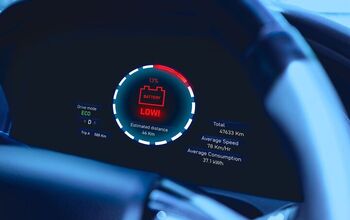



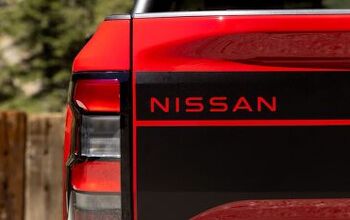
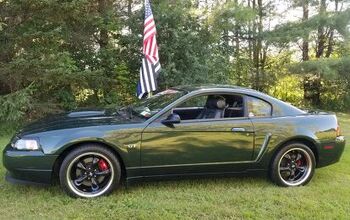


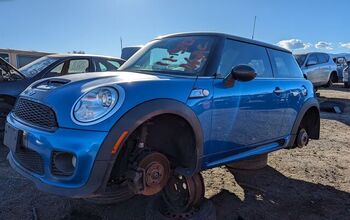

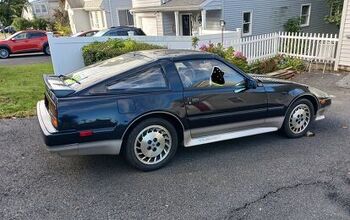

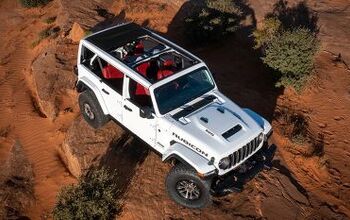
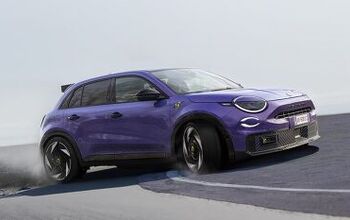
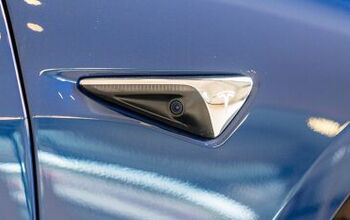
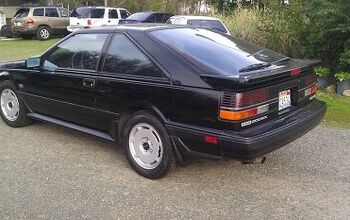
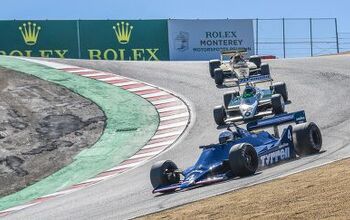

Comments
Join the conversation
Dinan's CAI is routed into the bumper/front apron area. On some BMW models (E36 M3), it is fed by the brake duct cooling. I had the CAI and software on my previous M3, the primary benefit was sound. At wide open throttle the car just ROARED. On my current BMW 540, I purchased their software during their 1/2 off sale 2 summers ago, so I paid $150. The difference in the car was dramatic, not so much at full throttle, but more so at partial throttle, where most of us spend most of our time driving. Dinan advertises a peak torque gain of 25 tq @ 2500 rpm. I don't know if that is the number or not, but it sure felt different after the software. The downside is the requirement for premium fuel.
To all: I like the fact that i can rest at night nowing that my investment is covered by dinan's promise. yeah its more money but you trully get what you pay for, we all know that. Turns out you all are right. Dinan's performance increase has a high sticker, considering the small improvements. but that only goes for BMW naturally aspirated engines. BMW turbocharged engines are a different Dinan world. I have 2008 335i coupe, stage 2 turbo charge upgrade, and free flow exhaust, about $2,100 for the software and another $2.700 for the exhaust. there is a tremendous difference with the software, not so much the exhaust, my car went from a stock 300 hp/ 300 ft. tork to 385 horses and 414 ft. tork. a substantial difference you can definatelly feel, I ridicule Ford mustang GT's and recently a late model Trans Am (pontiac) that made you feel intimidated just on sound alone. CAI (Cold Air Intake): someone i know had the CAI installed the test revealed 14 hp increase with the stage 2 software and free flow exhaust (just like mine). what's more amazing is that the CAI pushed an extra 36 horses @ 6300 rpms. that's a total of 421 maximum horsepower output. The Infamous 2010 M3 pushes a max of 419 horses with a sticker price exceeding $30k more than my 335i. Is it worth it yet? I CANNOT WAIT TO GET MY CAI. if you want the best out there with piece of mind; it has a price sticker you must be willing to pay. Or if you want to spend money on different parts from different manufacturers, well that kind a' sounds like an automobile version of a Frankinstein and a mutt.